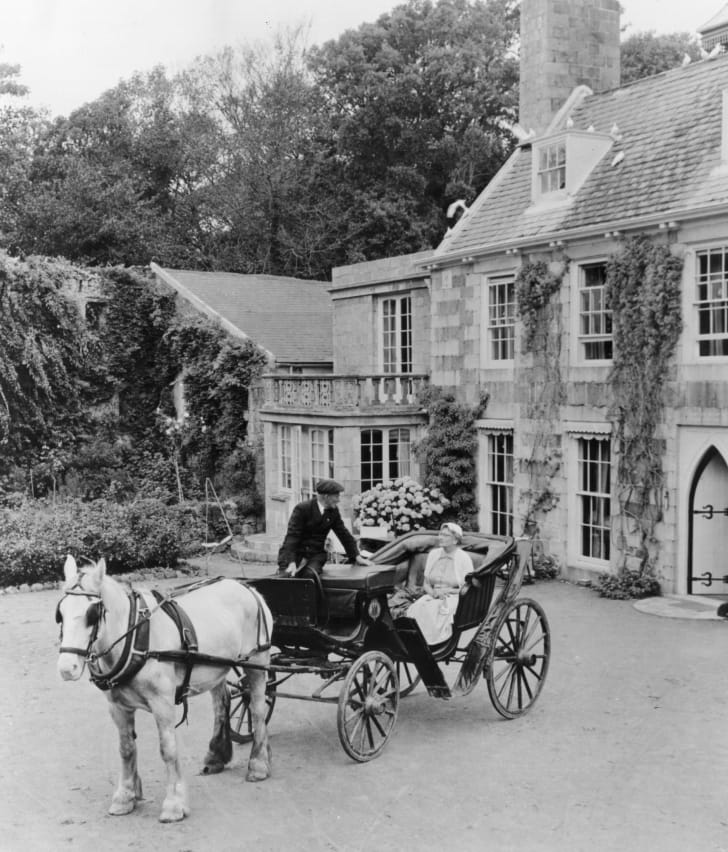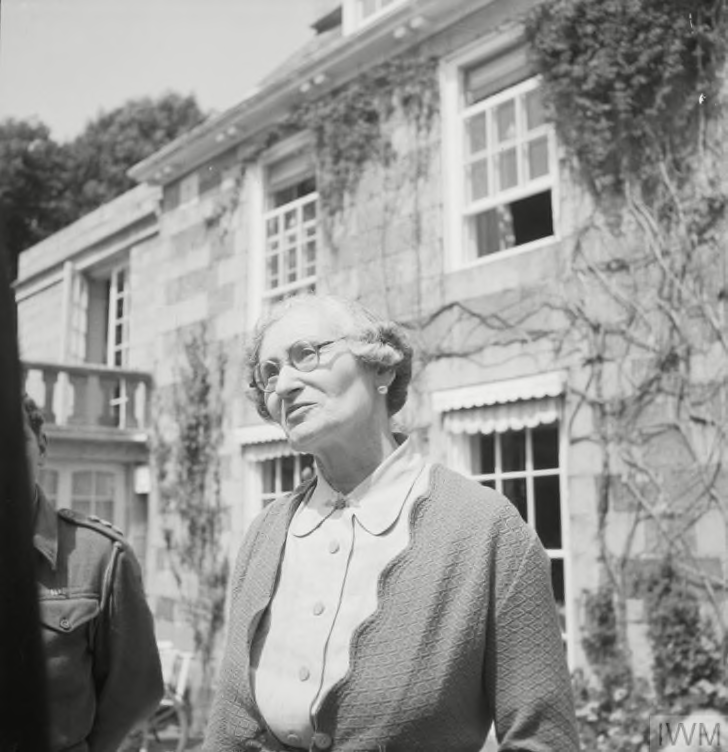From Mental Floss:
People have lived on this tranquil island as far back as 2000 BCE. Legend has it that, in the 6th century, Saint Magloire brought religion to Sark while riding the back of a sea monster. In the 13th century, the island became the property of the English Crown but remained mostly deserted (with the exception of a few "pirates, thieves, brigands, murderers, and assassins," François Rabelais wrote in the 1530s). In 1565, Helier de Carteret cleaned up the place after he earned Queen Elizabeth I’s permission to establish a fief there, bringing 40 families—most of them from the nearby island of Jersey. Each family received a parcel of land, called a tenement, and to this day Sark's plots bear old names in Norman French: La Varouque, La Sablonnerie, La Moinerie.Share
Culturally and politically, Sark has changed very little since then. It, along with the three other major British Channel Islands—Guernsey, Jersey, and Alderney—are possessions of the British Crown, yet each island remains politically independent of the United Kingdom. (On Sark, there is no income tax, no welfare, and no help from the National Health Service.) During Dame Sibyl’s lifetime, homes were lit with oil lamps and water had to be pumped from a well or catchment. Anybody who wanted a warm bath had to light a fire by their tub. And most residents spoke a unique patois called Serquais, a remnant of the Norman French brought there by the island’s original settlers.
When Germany invaded in 1940, many of the descendants of those original 40 settlers still lived on Sark. Heirs to more than four centuries of feudal rule, they had no intention of abandoning their island or their way of life. This was especially true of Dame Sibyl, who had been groomed to become the island’s leader since she was a little girl. As it turned out, the strict feudal etiquette she had spent her life practicing would become a potent weapon, a tool for bending the occupiers to her will. (Read more.)



















No comments:
Post a Comment